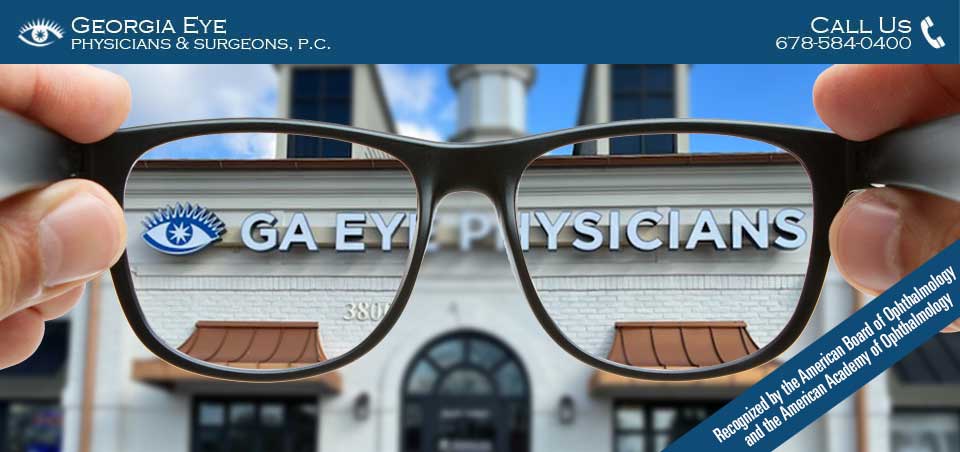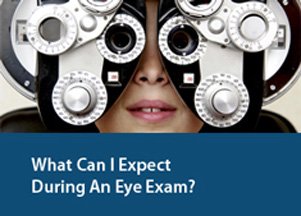A Closer Look at Contact Lenses
Although an estimated 36 million Americans wear contact lenses, few people fully and completely understand how they work. At Georgia Eye Physicians and Surgeons, we have always been committed to providing our patients with the most complete and up-to-date information available so that they can make informed decisions about their eye health. So here are some answers to a few of the most commonly asked questions about contact lenses.
What do contacts actually do?
Normally, light enters the cornea in the front of the eye and is focused by the lens into a single point on the retina in the back. Special receptors that line the retina then convert this light into electrochemical signals that can be processed and interpreted by the brain. However, imperfections in the shape of the cornea, or refractive errors, can prevent light from focusing precisely on the retina. Contact lenses work by bending, or refracting, light before it enters the lens of your eye.
An eyeball that is too long causes light to focus in front of the retina, resulting in myopia, or nearsightedness. Contact lenses to correct this condition are thinner at the center than at the edges so that they can spread the light away from the center of the lens and move the focal point of the light forward. On the other hand, hyperopia, or farsightedness, occurs when the eyeball is too short, causing it to focus light rays behind the retina. In these cases, the lens is thicker at the center and thinner at the edges to bend the light toward the center and move the focal point back.
How do contacts treat astigmatism?
In astigmatism, the cornea is irregularly-shaped, causing light to focus at several different points on the retina, distorting vision and posing a more complicated problem than other, more straightforward refractive errors. Whereas lenses used to correct myopia and hyperopia have the same corrective power throughout the lens, astigmatism requires a special “toric” lens that is customized to each individual’s specific vision needs. These toric contact lenses have different angled curvatures to correct vision, making them thicker in certain parts of the lens and thinner in others.
What if your eyes need correction for both near AND distance vision?
Several different conditions, including presbyopia, a common eye condition that frequently develops as people get older, can cause the eye to lose its ability to accommodate from near to far focus, requiring both near and far correction. This is typically accomplished with one of several types of bifocal contact lenses. A translating lens simply mimics bifocal glasses. The lens is divided, with the distance correction at the top and the near correction at the bottom. Concentric bifocal lenses place the near correction in a small circle at the center of the lens and the distance correction in the outer lens surrounding it. Finally, an aspheric lens combines the design of the concentric bifocal lens with features of progressive eyeglass lenses, where the different prescriptive powers are blended across the lens.
How do contact lenses stay in place?
The tear ducts constantly produce tears, a lubricating combination or natural oils and water, which flow into the space between the eyeball and lids. When the eyes blink, this fluid is spread across the surface of the eye, keeping them free from irritation. Contact lenses adhere to the layer of tear fluid that floats on the surface of the eye. Eyelid pressure also holds them in place. As the eye blinks, it provides lubrication to the cornea and helps flush away any impurities that may have become stuck to the lens. Since both toric and multifocal lenses have different focusing power in different portions of the lens, it is extremely important that they remain properly positioned on the eye. In order to accomplish this, they are often weighted more along the bottom or have thin edges along the top and bottom to keep them fixed in one position.
If you are interested in visiting our Optical Center or in any of the services we offer, please contact Georgia Eye Physicians and Surgeons today. Be sure to follow Dr. William Segal and Dr. Marc Lay on Facebook, Twitter, and Google+ for more tips for healthy eyes.













